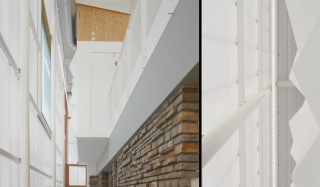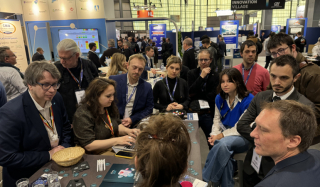On 24 April, the government of Wallonia decided to allocate €47 million to the ‘Proton Therapy’ project. This sum will enable the creation of a centre of excellence in Charleroi devoted to the treatment of patients and research, which will open its doors in 2017.
Apart from providing treatment, these new facilities will ensure that the Proton Therapy platform in Wallonia becomes a unique research tool in Europe and even in the world. Four universities have drawn up a research programme, designed, in particular, to determine the cases in which this treatment may be used, to improve the technology and to develop dynamic tools enabling the adaptation of treatments already in progress.
This centre will be based strategically in Charleroi, a few dozen metres from a new 600-bed hospital, which should open its doors in the middle of October 2014. It will offer easy access to patients from France and all of Belgium, as well as to the different research teams from the universities of Brussels, Namur, Liege and Mons. Furthermore, it will reinforce the city's positioning as a centre of excellence in medical research with the Biopark and its 800 researchers, where universities and companies are already used to working together.
This project fits into the Biowin (Life sciences) and Mecatech (Mechanical engineering) competitive clusters developed in the frame of the Marshall Plan 2.Green and should enable Wallonia to continue to be at the forefront of research into the fight against cancer. The worldwide leader in Proton Therapy, which will be collaborating with the universities, is the company IBA, based in Louvain-la-Neuve.
What is Proton Therapy?
Proton Therapy is a form of radiotherapy considered by many specialists to be the technology of the future for cancer treatment thanks to the precision with which it is possible to target the tumour. The specific physical properties of the beam enable the reduction of the dose of radiation deposited in healthy tissues around the tumour, as well as a reduction in the risk of secondary cancers and side-effects.







